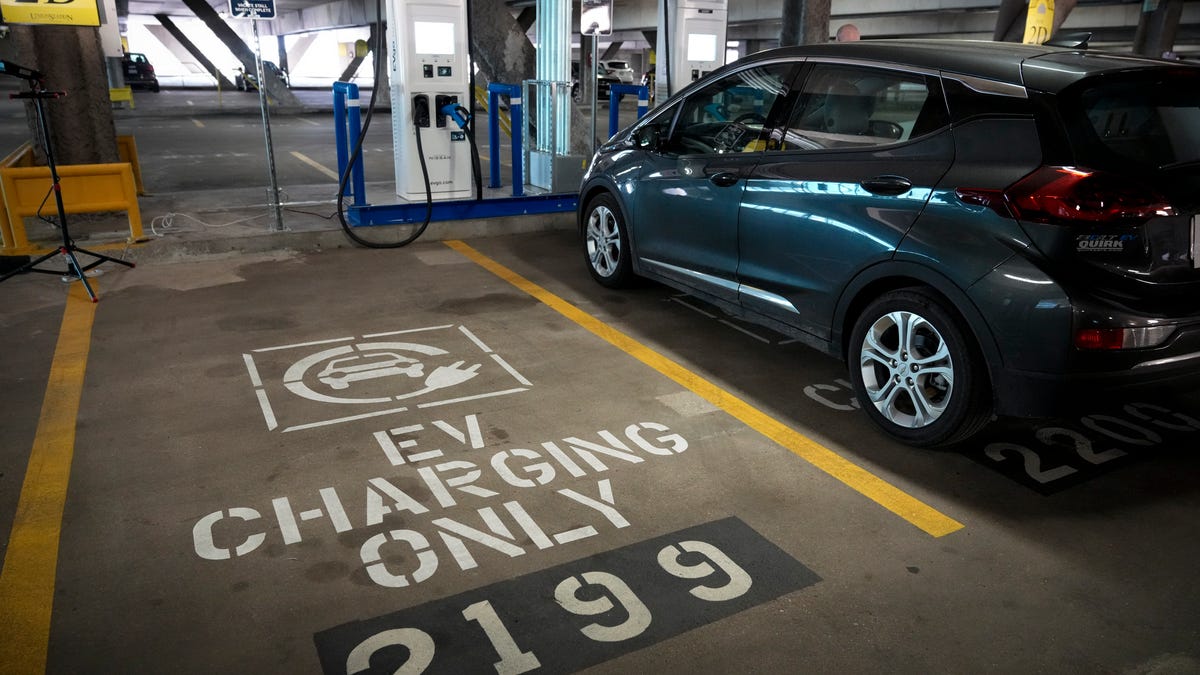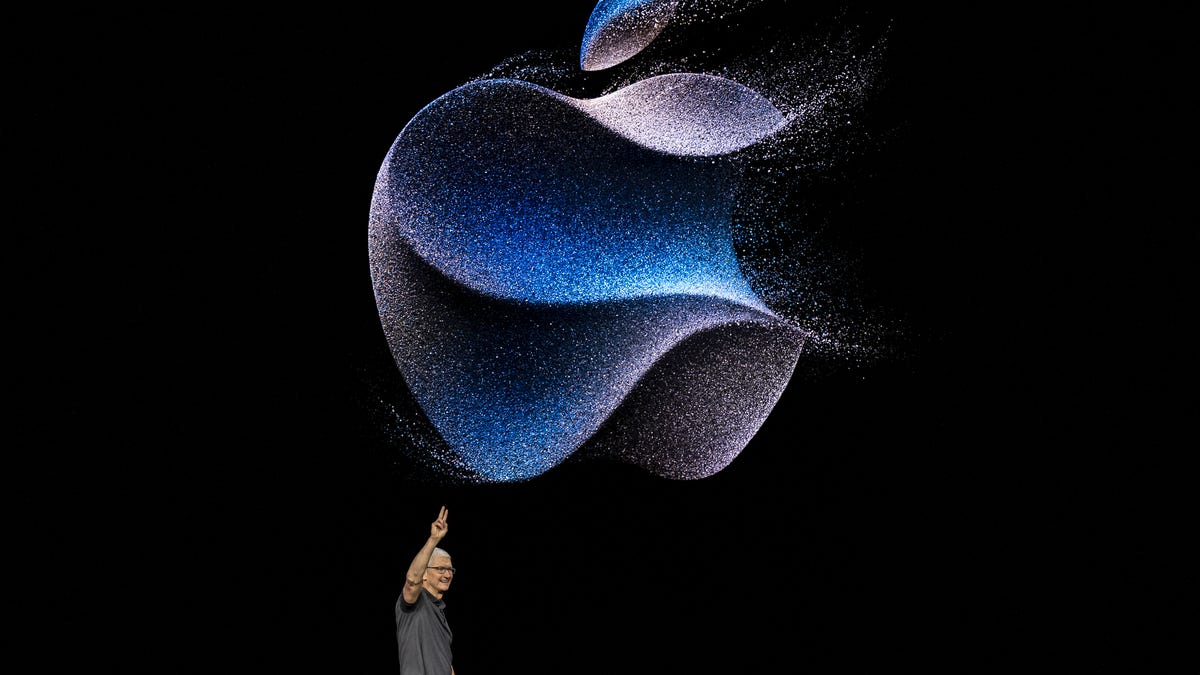Impact of Electric Vehicles on Electricity Costs
Recent studies have shown that electric vehicle (EV) drivers in the U.S. have not only saved Americans billions of dollars on their electric bills but have also contributed significantly to driving down monthly rates for all customers. According to a report by Synapse Energy Economics, between 2011 and 2021, EV owners paid $3.12 billion more for electricity than the costs associated with providing that power. This surplus revenue resulted in lower rates for utility customers across the board. Additionally, after adjusting for utility costs spent on EV programs, there was a net revenue gain of $2.44 billion.
The analysis conducted by Synapse was commissioned by the Natural Resources Defense Council (NRDC), an environmental advocacy group based in New York. The bulk of revenue generated by EV charging comes from drivers in the western U.S., with California leading the way in rapid adoption of EV technology. As of 2022, California accounted for 37% of all electric cars in the U.S., with 1.1 million EVs registered in the state, according to the U.S. Energy Information Administration.
Time-of-Use Rates and Grid Accommodation
In certain regions, such as California, utility companies implement time-of-use rates for EV owners. These rates vary based on the time of day, encouraging charging during periods of low electricity demand. For example, in Alameda, California, EV owners pay more for electricity between 5 p.m. and 9 p.m. on weekdays compared to other times.
A 2019 report published by the Lawrence Berkeley National Laboratory, Pacific Gas & Electric, and sponsored by NRDC highlighted that charging EVs at off-peak times could enable the national grid to accommodate all U.S. homes using EVs without significant distribution system upgrades. This strategic approach could optimize grid efficiency and reduce costs associated with infrastructure enhancements.
Future Cost Savings and Efficiency Improvements
The Electric Power Research Institute, in collaboration with NRDC, released a joint report projecting that advancements in EV technology could result in annual consumer cost reductions exceeding $200 billion by 2050. These savings hinge on maintaining stable vehicle costs while enhancing EV efficiency. The report also indicated that technological progress in EVs could lead to a significant decrease in electricity demand, potentially amounting to hundreds of terawatt-hours.
Moreover, improvements in battery technology hold promise for alleviating supply chain pressures by minimizing raw material requirements for production. The demand for lithium, a vital component in EV batteries, currently surpasses available supplies and is anticipated to surge by 2030. Luke Tonachel, a transportation strategist at NRDC, emphasized the crucial role of vehicle electrification in achieving clean air and climate goals. By optimizing power demand from EVs, right-sizing the electrical grid and charging infrastructure, and minimizing battery materials, environmental benefits can be maximized.
Image/Photo credit: source url





